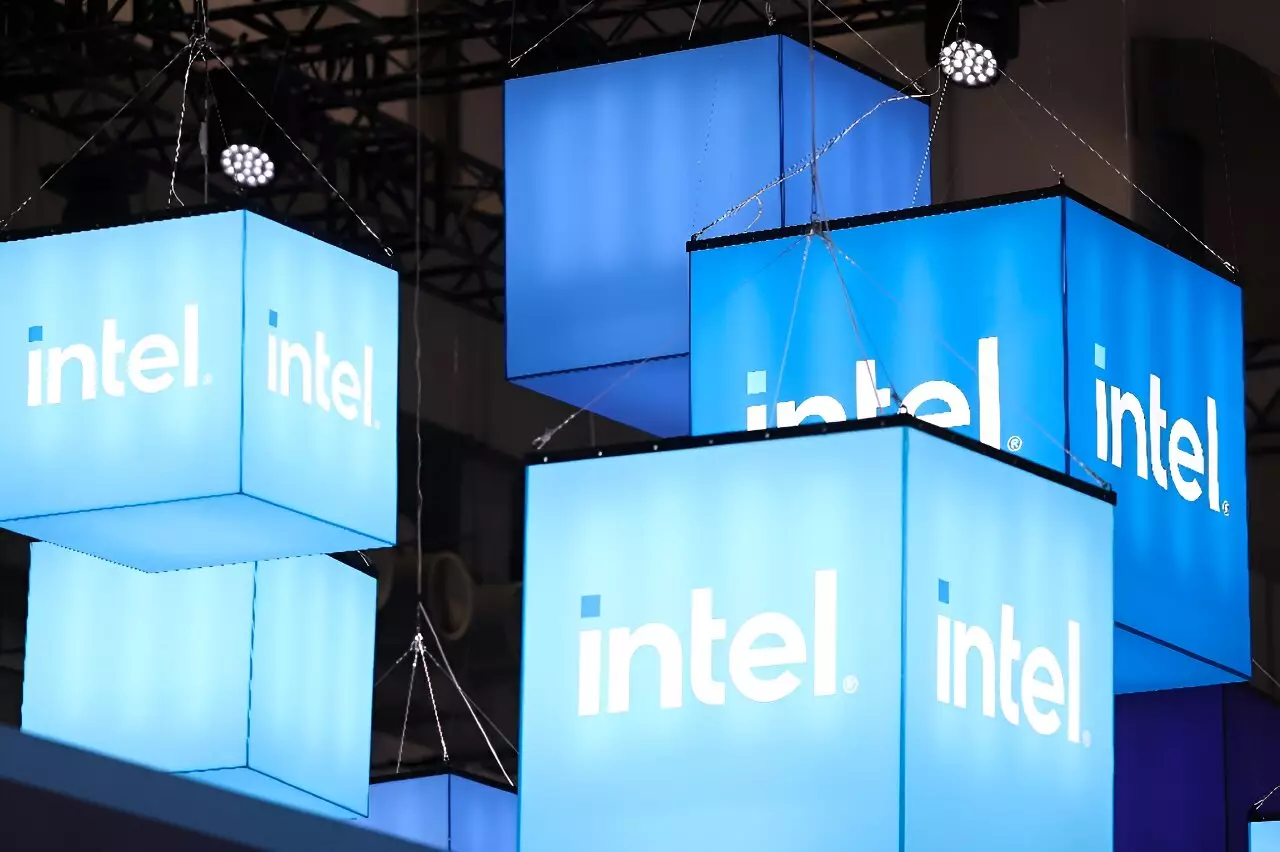In what has become a notable pivot in the semiconductor industry, Intel has announced a delay in the construction of two major chip manufacturing facilities in Germany and Poland. This decision marks a significant change in strategy, primarily driven by lower-than-expected demand in the market. The postponement poses a considerable setback not just for Intel, but also for the German and Polish governments, who had invested heavily in these projects, seeing them as pivotal to their national manufacturing landscapes.
The planned construction was initially set to launch in 2023; however, this timeline was jeopardized by the escalating economic consequences of the Ukraine war. As inflation surged, both parties were compelled to engage in protracted negotiations regarding financing arrangements. A deal was eventually solidified in June 2023, with Germany increasing its subsidy commitment to nearly €10 billion, an amount that is €3 billion more than originally proposed. This financial commitment was envisaged to catalyze a €30 billion project aimed at strengthening Europe’s semiconductor production capabilities.
The implications of Intel’s strategy extend beyond corporate balance sheets. The delay signals a potential hiccup in Europe’s broader objective to bolster its semiconductor industry, which has been under intense scrutiny, especially in light of the recent supply chain disruptions exacerbated by the pandemic and geopolitical tensions. With the European Union actively seeking to reduce dependency on Asian semiconductor manufacturing, Intel’s decision could thwart progress toward achieving self-sufficiency in this critical sector.
Poland, in particular, faces an uphill battle as it anticipates a key investment of $1.8 billion aimed at establishing a semiconductor facility in Wroclaw. The country has positioned itself as an emerging tech hub in the region, and the cessation of Intel’s ambitious plans could delay that trajectory, holding back economic opportunities and technological advancement.
Despite the setbacks in Europe, Intel has reaffirmed its commitment to domestic projects within the United States, where it has secured up to $3 billion in government funding aimed at bolstering semiconductor production for military uses. This strategic maneuver aligns with national objectives to strengthen the domestic supply chain and ensure technological resilience, especially in areas critical to national security. By collaborating with the Department of Defense, Intel is positioning itself as a cornerstone in the United States’ efforts to navigate the complexities of global semiconductor logistics and security.
CEO Pat Gelsinger emphasized that while the European facilities will be paused for approximately two years, other production capabilities, particularly in Ireland, will continue to grow. This diversification of production locations underscores Intel’s adaptive strategy in responding not only to immediate market demands but also to geopolitical uncertainties that could reshape the global semiconductor landscape.
As Intel recalibrates its investment strategies amidst fluctuating demand and significant geopolitical forces, the semiconductor industry finds itself at a crossroads. The company’s decision to delay projects in Europe has ramifications that could influence the broader European strategy for industrial growth. At the same time, its commitment to domestic production in the U.S. could reshape the competitive dynamics within an industry critical to both economic and national security. Moving forward, all eyes will be on how Intel navigates these complex challenges while balancing corporate ambitions and geopolitical realities.


Leave a Reply